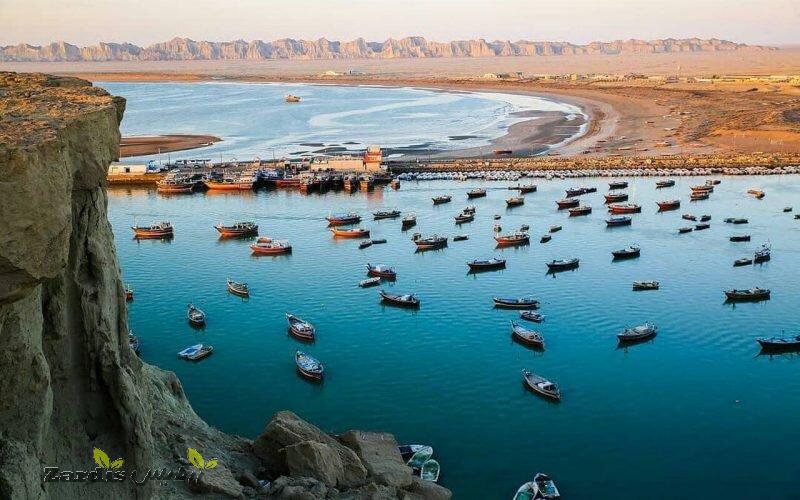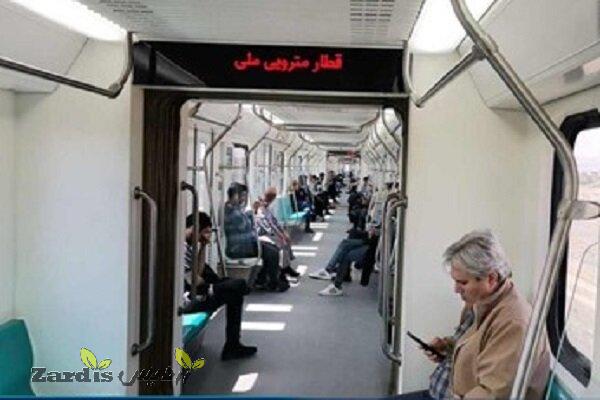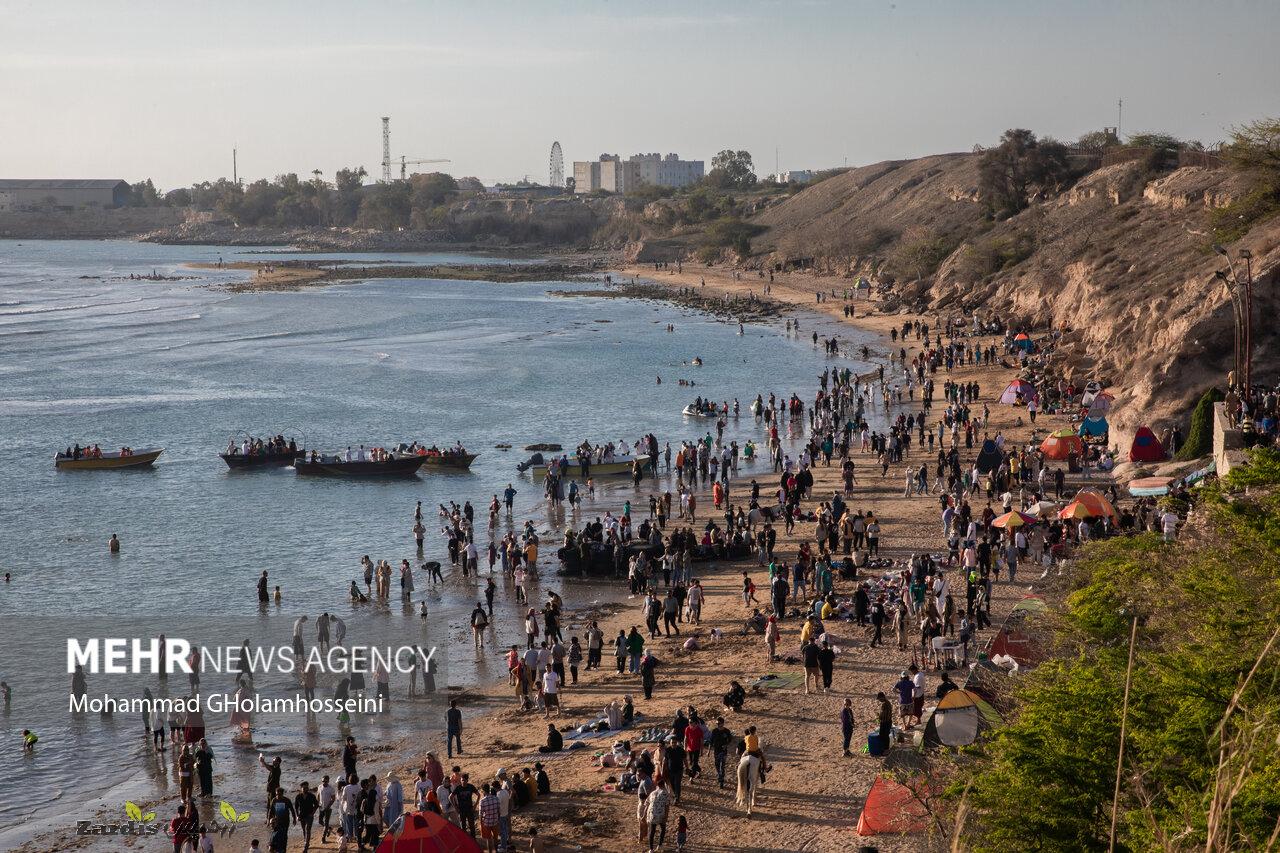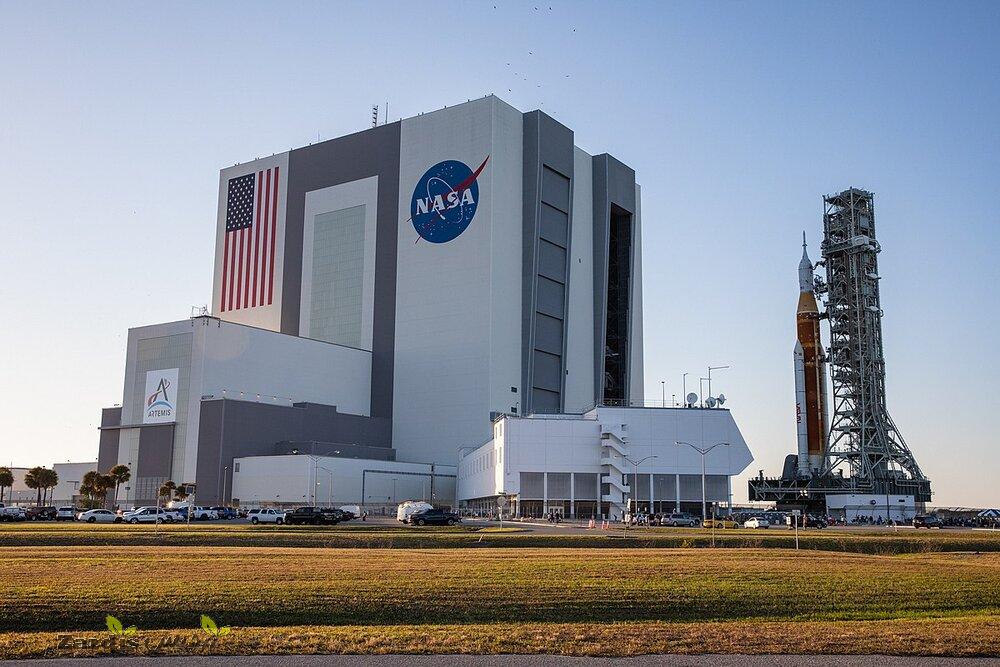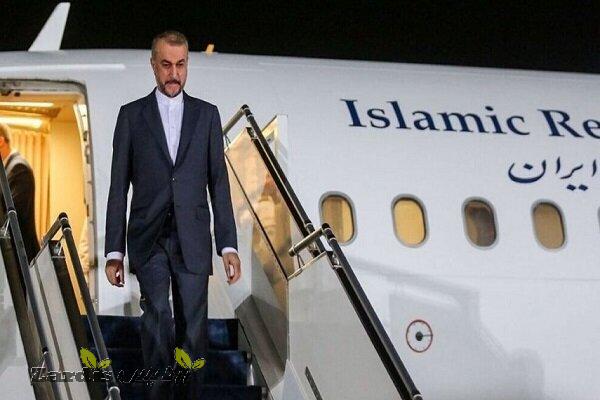TEHRAN – Iranian cabinet has approved plans to develop sustainable tourism in the northern and northwest forests of the country as well as the Zagros region, and on the northern and southern coastlines with a particular focus on the Makran coasts.
The decision was made during a cabinet meeting on Sunday headed by President Ebrahim Raisi, CHTN reported.
During the meeting, the plan’s objectives, policies, and actions were discussed, the report added.
Based on the plans, the Ministry of Cultural Heritage, Tourism, and Handicrafts is pledged to develop cultural awareness and commitment to the principles of sustainable tourism development in coastal and forest areas and prepare public education programs with a responsible travel approach.
The tourism ministry is also required to establish and update the coastal and forest tourism data and information network in the ministry’s information database in collaboration with the Department of Environment (DOE), and all relevant organizations are expected to cooperate in sharing information.
Forest tourism
Iran has a great share of valuable old-growth forests, some of which, especially in Zagros, age over 300-400 years, he highlighted, implying that these forests are not comparable to the young reforested areas.
In 2019, the United Nations Educational, Scientific, and Cultural Organization designated Iran’s vast Hyrcanian Forest as a World Heritage site, making it the second such Iranian natural site after Lut Desert, which was granted the tag in 2016.
Spanning from the south of Azerbaijan to about 850 km eastward to the provinces of Gilan, Mazandaran, and Golestan, the Hyrcanian Forests are witnesses of the ancient forests of the world estimated to be survived for a long period spanning 35 and 50 million years.
Coastal and maritime tourism
Over the past couple of years, the Islamic Republic has made various efforts to exploit maritime tourism potential by developing hospitality infrastructures, diversifying sea routes, and drawing private sector investors along its vast southern coasts.
Prosperous maritime tourism could help the county to meet its ambitious target of attracting 20 million annual tourists by 2025. It also keeps an eye on tourism developments in the Caspian Sea in the north.
Back in February, the Ministry of Tourism and the Ministry of Transport and Urban Development signed a memorandum of understanding (MOU) to develop maritime tourism and make the best use of its potential in the southern and northern coasts of the country.
Promoting the culture of using the sea as a tool to increase social vitality, development of coastal activities in the form of environmentally-friendly plans and programs, and creating the necessary grounds for cooperation and exchange of knowledge and information was also among the topics of the agreement.
Makran coasts
Makran coasts are all about its rugged rock formations, dramatic dunes, and relentless waves crashing upon jagged boulders, which are perfect in winter.
The coasts of Makran or Makuran – as it is pronounced by the local people – is a region comprising about 1,500 km of shoreline along the Sea of Oman and the Indian Ocean, which is stretched from Iran’s Hormozgan, and Sistan-Baluchestan provinces to Pakistan’s Balochistan province.
It offers visitors a dramatic setting to discover one of the most breathtaking, and arguably more scenic, sandy stretches in southern Iran.
Iranian tourism officials and experts believe that the natural and historical attractions of the Makran coastal strip hold considerable potential to be registered on the UNESCO World Heritage list.
Makran coasts embrace some unique attractions such as Darak village, Martian Mountains, pristine beaches of Chabahar, and sacred fig trees to name a few.
The Makran coast starts from Alkouh region north of Iran’s Mina port and is considered an Iranian coast until it reaches the border between Iran and Pakistan in Gwater Bay in Iran’s Sistan-Baluchestan province.
The narrow coastal plain rises rapidly into several mountain ranges. The climate is dry with little rainfall. Makran is very sparsely inhabited, with much of the population concentrated in a string of small ports including Chabahar, Gwatar, Jiwani, Jask, Sirik, Gwadar (not to be confused with Gwatar), Pasni, Ormara, and many smaller fishing villages.
Makran, the ancient Gedrosia of the Persian and Macedonian empires and the scene of Alexander the Great’s retreat from India (325 BC), has been strategically significant in the history of Iran and India, according to Britannica.
The etymology of the name is uncertain, chiefly regarded either as a corruption of Mahi Khuran (Fish Eaters), identified with the Ichthyophagoi (now represented by the Meds) mentioned in the Indica of the 2nd century CE.
ABU/AFM
Zardis news | The latest news of Iran and the world
تمامی حقوق مطالب برای "Zardis news"محفوظ است و هرگونه کپی برداری بدون ذکر منبع ممنوع می باشد.
طبق ماده 12 فصل سوم قانون جرائم رایانه ای کپی برداری از قالب و محتوا پیگرد قانونی خواهد داشت.



